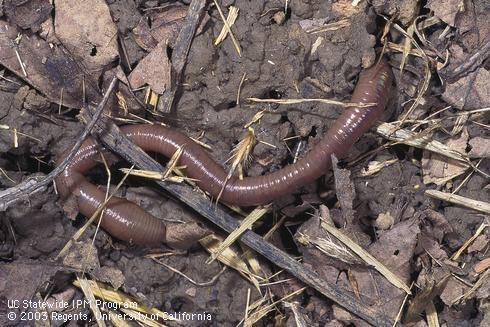Soil
By Nancy Hartwick UCCE Master Gardener
Gardeners are fundamentally dependent on the soil we use to grow plants. But how much do we know about the qualities and character of soil. And what can we do to improve the soil to fit our needs?
The principal components of soil are minerals, organic matter, air and water which together, provide nutrients and anchorage for plants. The proportions of these elements vary in different types of soil and can either make the soil fertile and useful for growing plants, or deficient as a medium for plant growth.
A soil profile is composed of layers in which the various rock materials are sorted by particle size. The topmost layer will have smaller particles of sand and humus typically extending to a depth of 3 to 6 feet. Humus is organic matter that results from the decomposition of plant and animal material. This is the area where most of the plant nutrients can be found and also where plant roots thrive. It is a very dynamic area because this is where our “partners” work, such as earthworms, nitrogen fixers, and other beneficial soil organisms.
Plant growth is strongly affected by soil structure because it affects the availability of moisture to plants. A soil with good structure will have good water infiltration, drainage, and aeration. Topsoil that has too much sand will not have good water retention. Topsoil with too much clay will have good water retention, but not good drainage. In both cases, the best recourse for gardeners is to add organic matter to the soil which will increase porosity and aeration while improving the availability of water to plant roots.
Organic matter still in the process of decomposing may be added as top mulch at any time. When active decomposition is occurring, nitrogen can volatilize and will not be available to the plants. This may cause plants to suffer a setback. If undecomposed organic materials are incorporated into the soil just before planting or during plant growth, it is best to add an inorganic nitrogen fertilizer to the soil that will be immediately available to the plants. In time, fertility and soil structure will improve along with the production of humus.
